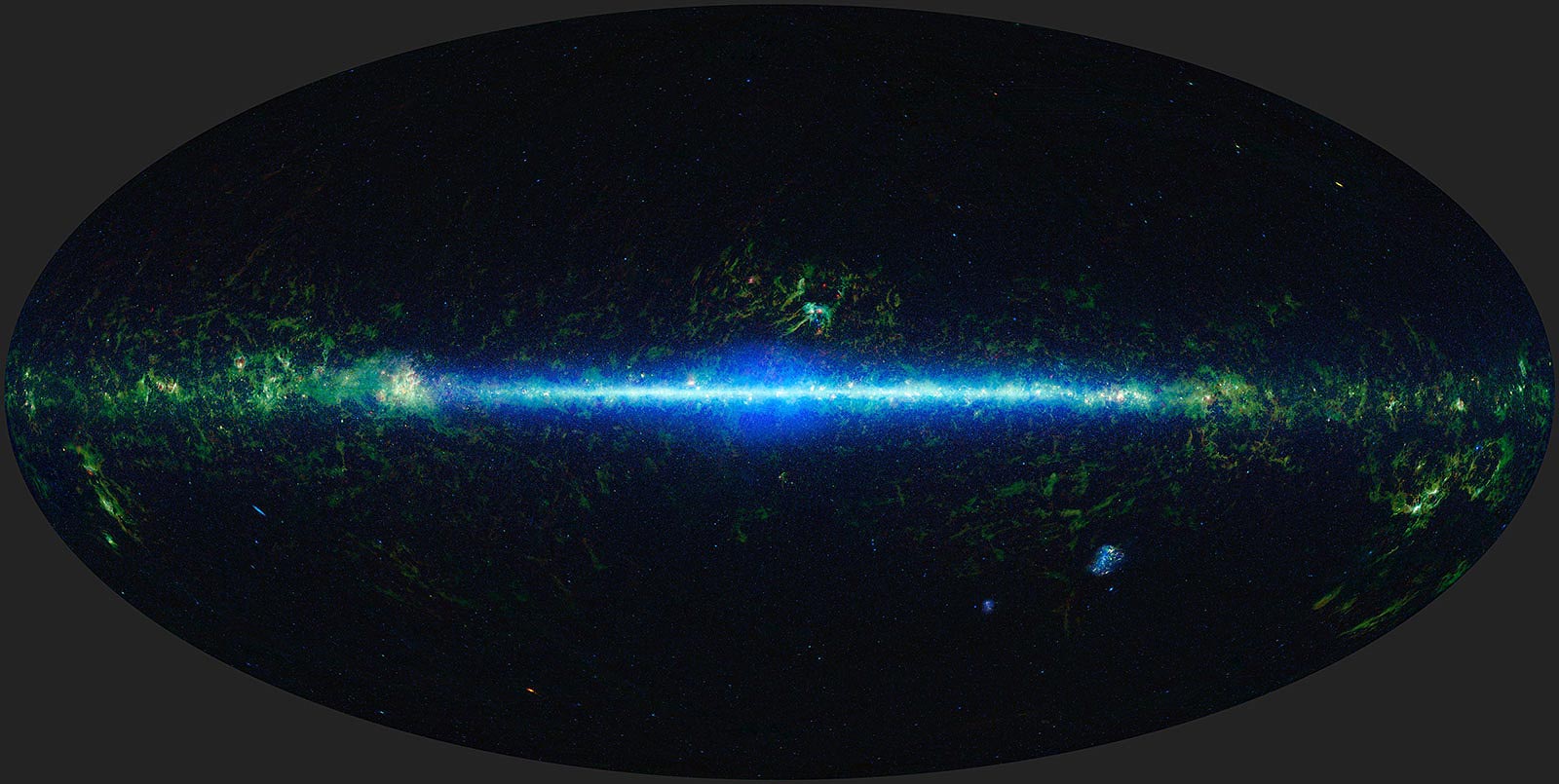Toronto had 230 active cranes in the third quarter of 2022, five times more than second place Los Angeles, according to RLB’s biannual Crane Index of 14 North American cities.
By Fares Alghoul
Thu., Oct. 20, 2022
Despite rising interest rates leading to a decline in new condo sales, Toronto has the highest number of operating tower cranes in North America, a new report by property and consultancy firm Rider Levett Bucknall shows.
Toronto had 230 active cranes in the sky in the third quarter of 2022. That is five times higher than Los Angeles, which ranked second on the RLB’s biannual Crane Index of 14 North American cities.
Even though there were almost nine per cent fewer cranes than in the first quarter of this year, when there were 252, Toronto has almost as many cranes as the other 13 markets combined, the report said. It attributed the drop to fewer new condo sales and mixed-use projects, along with staffing issues and strikes in Ontario’s construction sector.
The report notes that as the housing market cools, it will be partially offset by investment in non-residential business, such as government investments in transportation infrastructure. As well Ontario’s economy is expected to grow four per cent this year and 3.2 per cent the following year, according to the report.
“The index is a general indication of construction activity in each of the cities researched in our report,” said Mel Yungblut of RLB Toronto’s office of the twice-yearly report. “It is a simple view of construction activity in the local market,” he said adding “Toronto has a very active residential market that is reflected in the total crane count.”
But industry experts aren’t so upbeat about the future of construction in Toronto and the Greater Toronto Area.
Ontario wants to build 1.5 million homes in the next decade. Getting them built will not be easy given the lengthy process of regulations and approval, says David Wilkes, president of Building Industry and Land Development Association (BILD), adding a study by BILD found that it takes on average 32 months from the time the developer submits the application to build until it gets approval.
“This is five times longer than the provincial legislation allows,” Wilkes said.
He is calling for “a fundamental change” in the way building is regulated and approved.
“We should not be gaining false confidence for the number of cranes that are currently in the sky,” he said. Without changes, “We are going to really be in the middle of the storm in three, four or five years out, where we don’t see the cranes dotting our skyline.”
In the first half of 2022, Greater Toronto Area saw “the highest-ever” investment totals in the commercial real estate market, which surpassed $19.2 billion. This is a 41 per cent increase in the same period year over year. The “record-breaking” investments were in residential land, then industrial assets.
Despite projected improvements, the report warns that Ontario has “a very narrow window of opportunity” to complete critical infrastructure projects. This is due to several factors, including a long backlog on Ontario One Call, which requires builders and develops to call before they start digging, union strikes, inflation, and the shortage of skilled workers.
Natasha Carew, a litigation partner at multinational law firm Gowling WLG in Toronto, added that disputes in the construction industry “appear to be on the rise,” particularly in the public, private, and partnership projects.
“Our anticipation is that disputes will continue to escalate over the next few years,” affecting the construction sector.
Carew said that a novel factor affecting the disputes is the war in Ukraine.
“We are starting to see claims being contemplated or prepared related to material shortages and price increases,” she said.
Of the 230 active cranes in Toronto, 126 were deployed at residential construction sites, 41 were at commercial sites, 11 were installed in hospitality building sites and four were located at educational institutions.
In Calgary, the only other Canadian city in the index, there were 21 tower cranes, 12 of them for residential projects.










